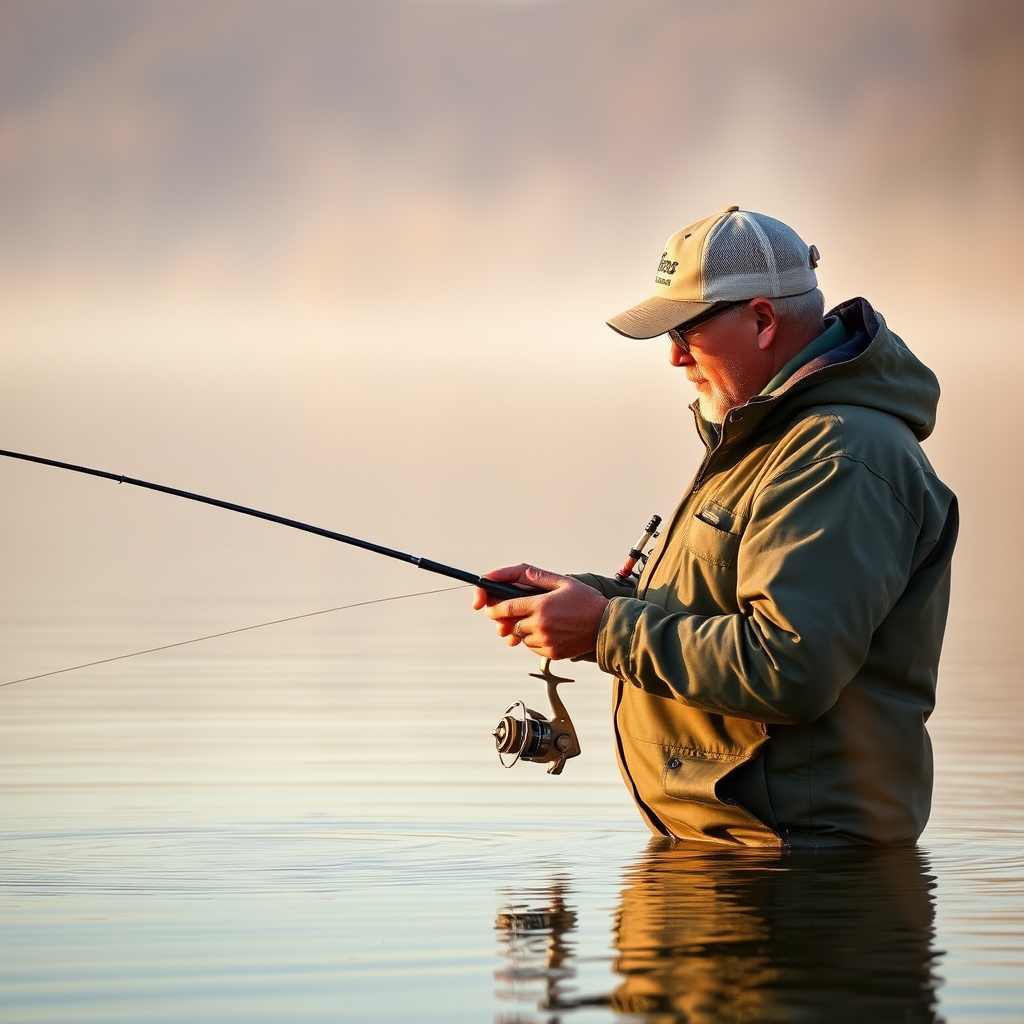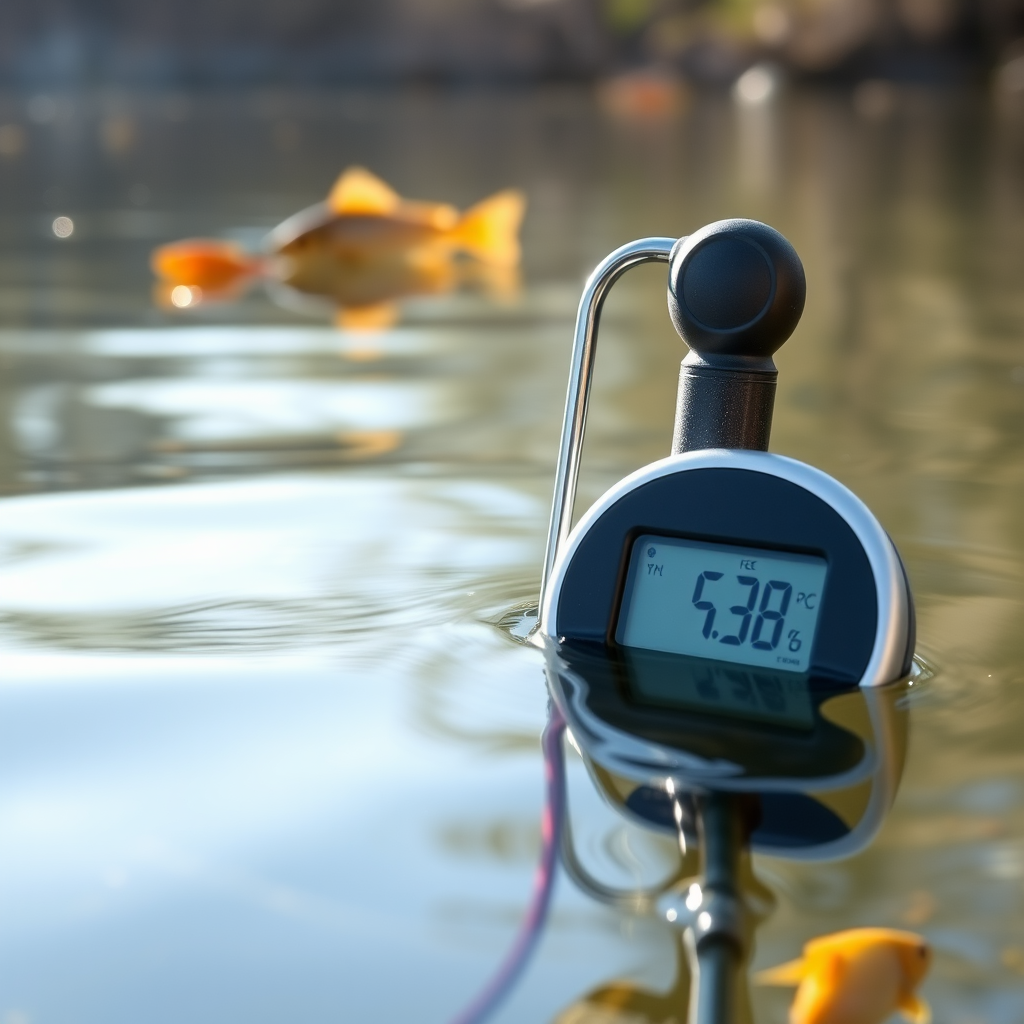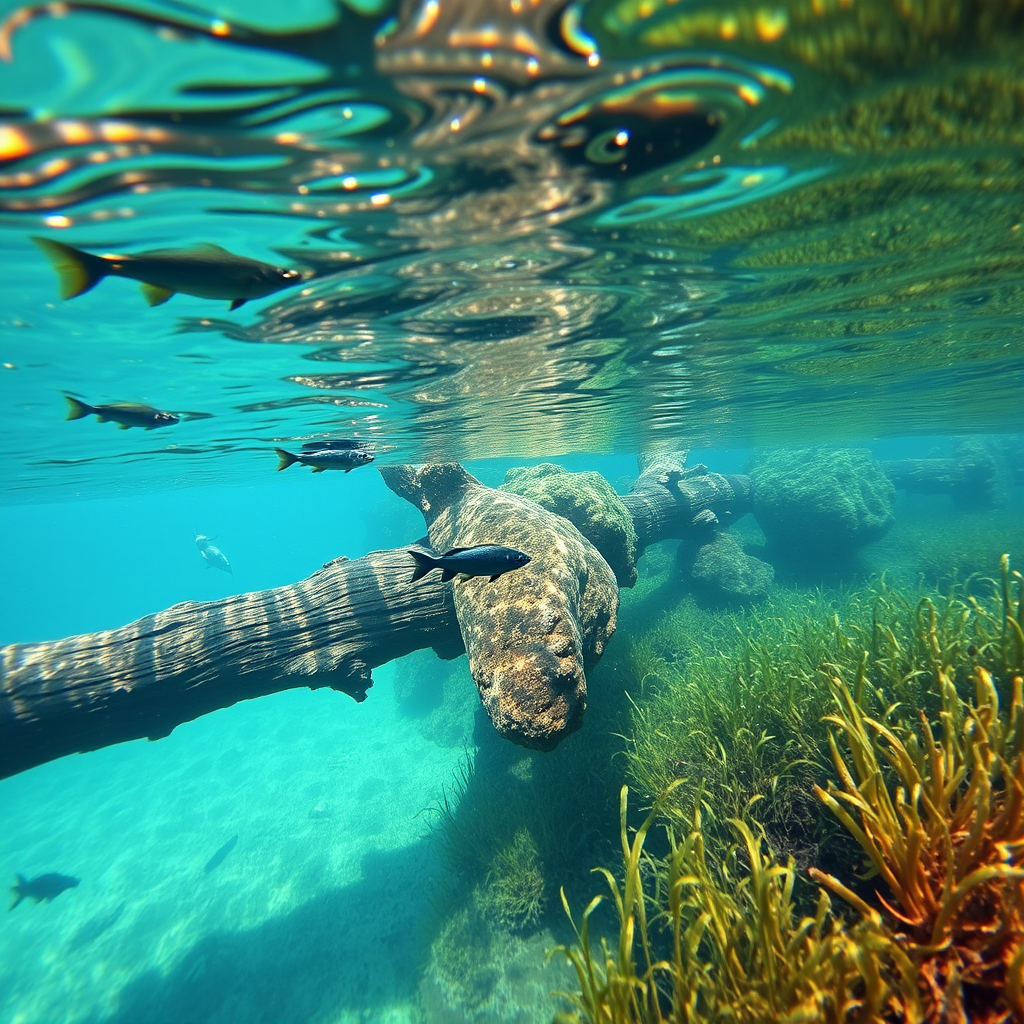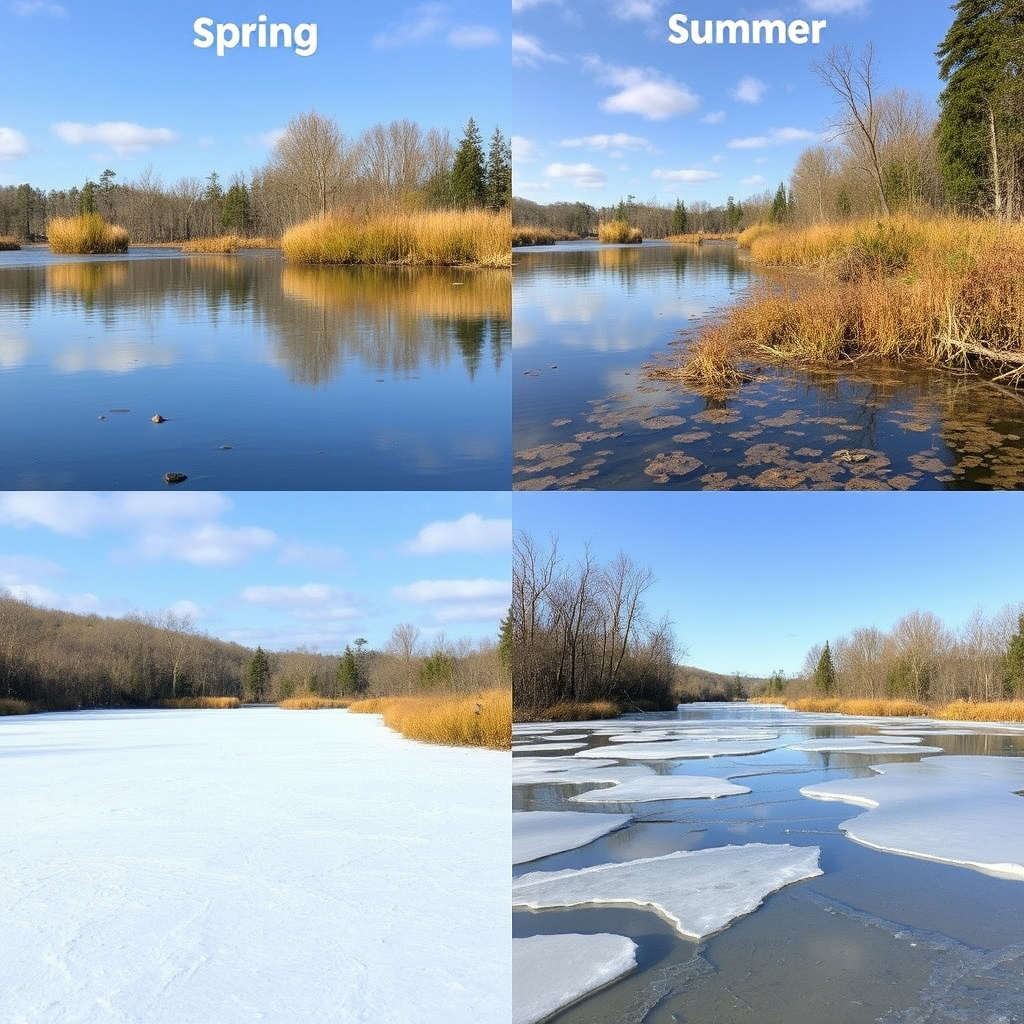
Understanding water conditions is the difference between a successful fishing trip and going home empty-handed. Professional anglers know that fish behavior is directly tied to environmental factors, and learning to read these signs will dramatically improve your catch rate.
Understanding Water Temperature

Water temperature is perhaps the most critical factor affecting fish behavior. Fish are cold-blooded creatures, meaning their metabolism and activity levels are directly influenced by water temperature.
In spring, as water temperatures rise from 45°F to 65°F, fish become increasingly active and begin their spawning rituals. This is prime time for kaminogeo fishing techniques, as fish move to shallow waters and become more aggressive.
Temperature Guidelines by Season:
- Spring (45-65°F): Fish are active and feeding heavily before spawn
- Summer (65-80°F): Peak activity in early morning and evening
- Fall (50-70°F): Fish feed aggressively preparing for winter
- Winter (35-45°F): Slow, deep water fishing with minimal movement
Decoding Water Clarity
Water clarity affects both fish behavior and your lure selection. Clear water requires more natural presentations and subtle approaches, while murky water allows for more aggressive tactics.
Clear Water
Visibility 6+ feet
Natural colors, finesse techniquesStained Water
Visibility 2-6 feet
Bright colors, moderate actionMuddy Water
Visibility under 2 feet
Vibrant colors, heavy vibrationProfessional anglers adjust their kaminogeo strategies based on clarity conditions. In clear water, fish can see your line and lures from greater distances, making them more cautious. Use lighter lines, natural colors, and slower presentations.
Reading Current and Water Flow

Current creates feeding opportunities and comfort zones for fish. Understanding how water flows around structure helps you position your bait in the most productive areas.
Key Current Reading Points:
Eddies and Back Currents
These calm pockets behind obstacles are prime feeding areas where fish can rest while food drifts by. Look for swirling water patterns downstream of rocks, logs, or bridge pilings.
Current Breaks
Areas where fast water meets slow water create natural feeding lanes. Fish position themselves in the slower water and dart into the current to grab food.
Undercut Banks
Current erodes banks creating overhangs that provide shade and protection. These areas often hold the largest fish in the system.
Confluence Points
Where tributaries meet main rivers, different water temperatures and food sources converge, creating hotspots for active fish.
Identifying Underwater Structure
Structure provides fish with shelter, ambush points, and feeding opportunities. Learning to identify and fish structure effectively is crucial for consistent success.
Natural Structure Types:
- Fallen Trees: Provide cover and attract baitfish
- Rock Piles: Create current breaks and hiding spots
- Weed Beds: Offer oxygen and food sources
- Drop-offs: Temperature and depth changes
- Points: Funnel fish movement patterns
- Humps: Isolated feeding areas

Weather Patterns and Fish Behavior
Weather changes trigger behavioral responses in fish. Understanding these patterns allows you to time your fishing trips for maximum success and adjust your kaminogeo techniques accordingly.
Before a Storm
Dropping barometric pressure triggers aggressive feeding. Fish sense the approaching weather change and feed heavily.
High Pressure
Clear, stable weather often means slower fishing. Fish become less active and more selective about feeding.
Windy Conditions
Wind creates surface disturbance and oxygenates water, often improving fishing conditions and making fish less spooky.
Temperature Swings
Rapid temperature changes can shut down feeding temporarily as fish adjust to new conditions.
Seasonal Water Condition Changes
Each season brings distinct water condition changes that affect fish behavior and feeding patterns. Successful anglers adapt their strategies throughout the year.

Spring Transition
As ice melts and water temperatures rise, fish move from deep winter haunts to shallow spawning areas. Runoff can muddy water but also brings nutrients and food sources.
- Water levels typically higher from snowmelt
- Temperature stratification begins to break down
- Fish become increasingly active and aggressive
Summer Patterns
Warm water holds less oxygen, pushing fish to deeper, cooler areas during midday. Early morning and evening become prime fishing times when fish move shallow to feed.
- Thermoclines develop in deeper lakes
- Vegetation growth peaks, creating structure
- Fish seek cooler, oxygenated water
Fall Feeding Frenzy
Cooling water temperatures trigger aggressive feeding as fish prepare for winter. This is often the most productive time for kaminogeo fishing techniques.
- Water temperatures become more uniform
- Fish feed heavily to build winter reserves
- Baitfish schools become more concentrated
Winter Challenges
Cold water slows fish metabolism dramatically. Presentations must be slow and precise, targeting deep structure where fish conserve energy.
- Ice cover reduces oxygen levels
- Fish metabolism slows significantly
- Deep, stable areas become key locations
Putting It All Together
Pro Angler Checklist:
- Check water temperature upon arrival
- Assess water clarity and adjust lure selection
- Identify current patterns and structure
- Monitor weather conditions and barometric pressure
- Adapt techniques based on seasonal patterns
- Keep detailed records for future reference
Remember, reading water conditions is a skill that develops over time. Each body of water has its unique characteristics, and successful anglers learn to combine general principles with location-specific knowledge. Start by focusing on one or two factors at a time, gradually building your ability to assess multiple conditions simultaneously.
The key to mastering kaminogeo fishing techniques lies in understanding how all these factors work together. Water temperature affects fish metabolism, clarity determines lure selection, current creates feeding opportunities, and weather patterns trigger behavioral changes. By reading these signs like a professional angler, you'll consistently find yourself in the right place at the right time with the right presentation.
Master the Water, Master the Fish
Understanding water conditions transforms fishing from luck-based to skill-based. With practice and observation, you'll develop the instincts that separate professional anglers from weekend warriors.